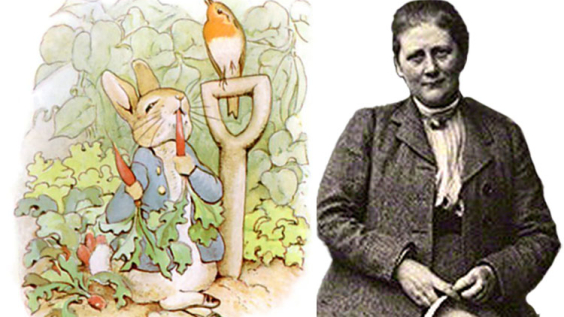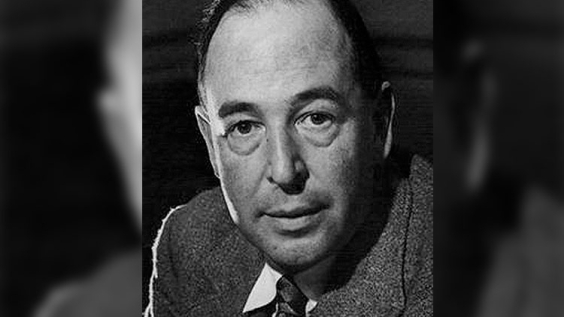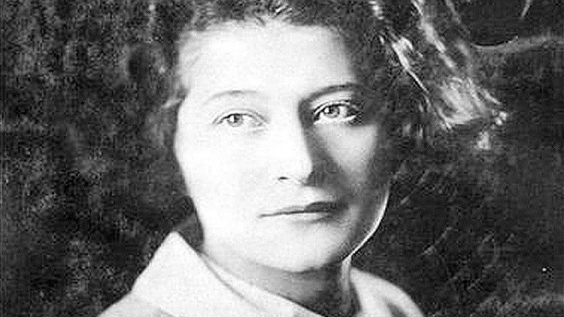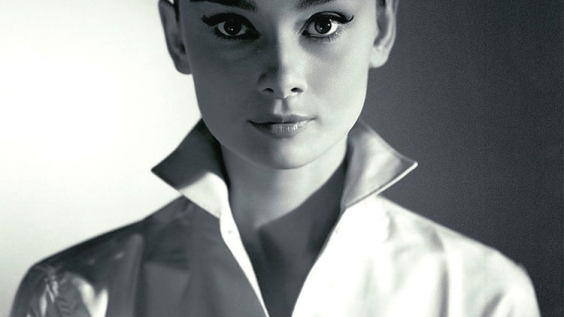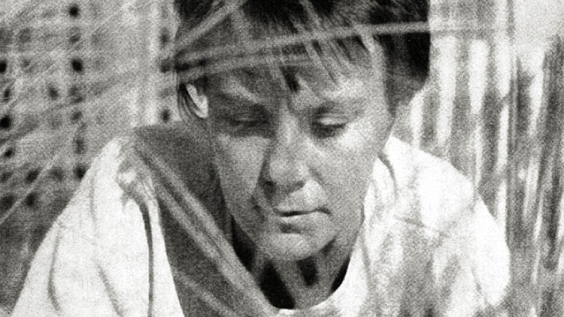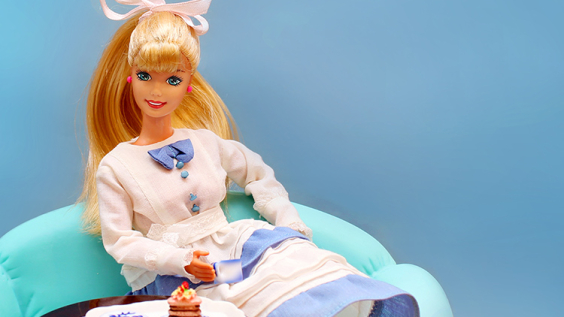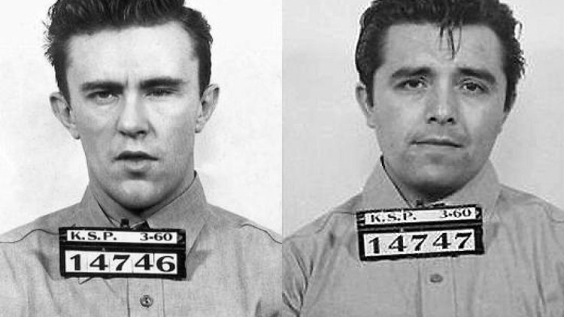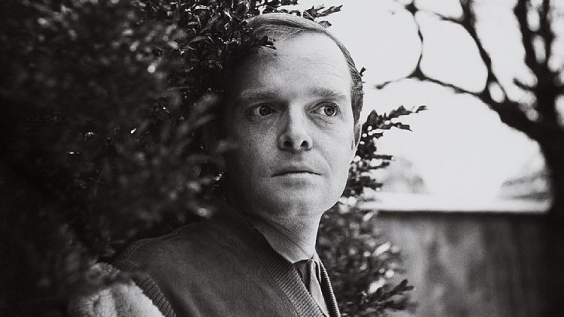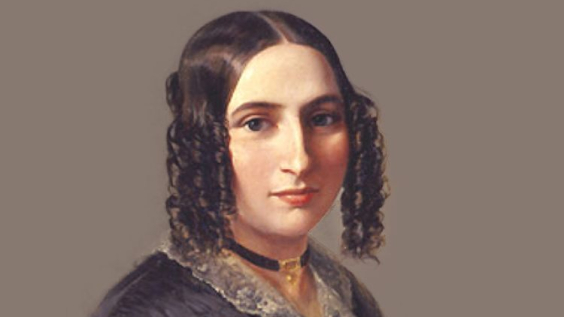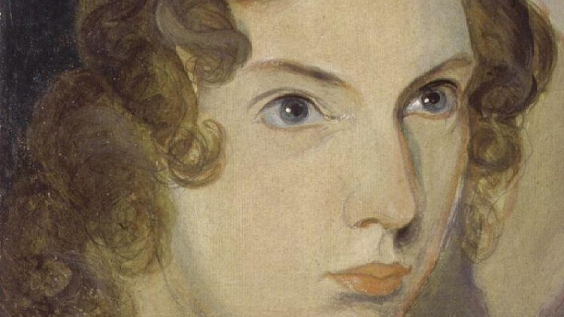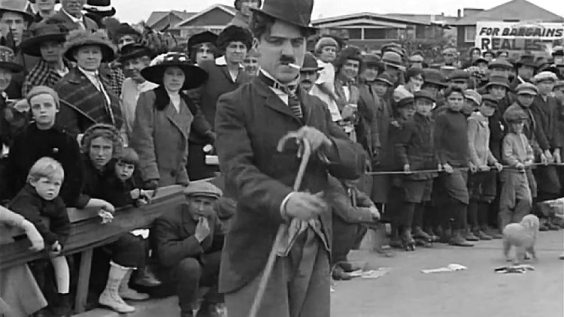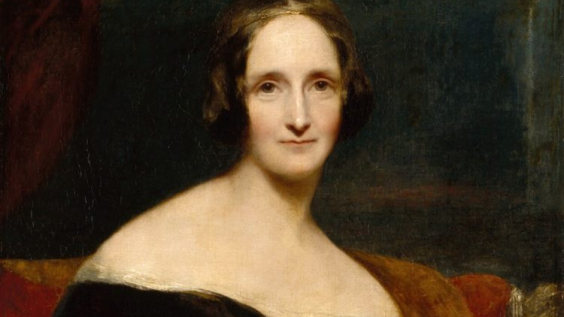
Published privately in 1928 in Italy and 1929 in France, D. H. Lawrence’s Lady Chatterley’s Lover is notorious for its explicit sexual content and language which meant it was only publicly published in the UK in 1960 after an obscenity trial against Penguin Books. Revolving around the relationship between upper-class Lady Constance Chatterley and gamekeeper Oliver Mellors, the novel explores themes relating to class divide, industrialisation and the mind vs. body.
Protagonist Constance (Connie) Reid was raised in an upper-middle-class bohemian home and enjoyed sexual relations in her teenage years. She marries aristocrat Clifford Chatterley in 1917 and moves to his estate Wragby, on the edge of the industrial village Tevershall. He soon goes away to war and sustains an injury that leaves him paralysed. Connie finds her existence with Clifford, who is cold and chiefly invested in his writing, suffocating. Equally, his male friends who visit are pretentious, and though Connie has an affair with one of them, Michaelis, it ultimately leaves her feeling empty.
However, Connie meets working-class married gamekeeper Oliver Mellors, and after an initial period of mutual dislike, they begin a passionate affair. It brings Connie much-needed joy and connection with her body, in contrast to her more cerebral connection with Clifford. She hires a nurse, Ivy Bolton, to take over her caring duties for her husband. Over the course of the novel, Mrs. Bolton and Clifford’s relationship becomes much like that of a mother and an infant. Meanwhile, Connie and Mellors’ sex life is written about in explicit detail.
Eventually, Connie becomes pregnant by Mellors. Though Connie travels to Venice in an attempt to pretend she has become pregnant from an affair there, her requests for a divorce from her husband Clifford are denied. Meanwhile, rumours about the affair have reached the whole village, and Mellors leaves his position on the estate. By the end of the novel, all of the characters are in limbo: Connie is waiting to give birth, Mellors is waiting for his divorce to be processed, and Clifford is refusing to grant Connie a divorce. Meanwhile, the war-torn and industrialised world is changing the picturesque English landscape forever.
Here’s a breakdown of 4 of the key themes in D. H. Lawrence’s Lady Chatterley’s Lover.
Mind and body
In Lady Chatterley’s Lover, Lawrence argues that living a life that is ‘all mind’, which he particularly observed among the young aristocratic intelligentsia, ignores the human need for bodily intimacy. Equally, he maintains that pursuing bodily desires alone ignores the essential need for ideas and connection. Lady Chatterley’s Lover, therefore, is chiefly advocating for an equal respect towards the mind and body.
Throughout the novel, all of the characters struggle to reconcile their mind and body. For example, even before Clifford’s paralysis which put an end to his and Connie’s sexual relationship, it is emphasised that Connie and Clifford’s marriage is based upon their cerebral, rather than physical, connection.
In contrast, Mellors and Connie’s affair is initially solely physical. However, over the course of the novel, Mellors’ resistance to emotional connection lessens as he recognises that physical love presents spiritual challenges. Equally, Connie’s attitude towards sex as a distasteful, almost pointless act is changed; she enjoys it deeply. As a result, Connie and Mellors appear to ‘meet’ in the middle, whereby they share a connection of both body and mind.
Class and society
Early 20th-century Britain was a period of rapid social and industrial change. The end of the Victorian era combined with world-altering events such as World War One meant that traditional class hierarchies and economic values were under intense scrutiny. Lady Chatterley’s Lover most clearly captures this period of changing divisions through the affair between working-class Mellors and aristocratic Connie.
Mellors is someone who was recognised for his ability during the war, but then returns to Britain into his former position as a gamekeeper – and thus his former social class – on the Wragby estate. At times during the novel, he is clearly frustrated to be working for Clifford, who he perceives to be snobby, arrogant and out-of-touch. Mellors is more worldly than Connie, and is able to slip in and out of his local Derbyshire accent, which Connie finds amusing and even tries to imitate.
In contrast, Connie Chatterley has married someone of a slightly higher social class than her, but with very different social views: Clifford believes that the working classes have chosen to remain workers, and that some people, the upper classes, are naturally born to rule. He even compares the working classes to animalistic, machine-like creatures who exist to serve.
The class divide between the Chatterleys in Wragby and the villagers in Tevershall is bridged by the nurse Mrs. Bolton, who becomes a strange mother-like figure to Clifford, but also provides the village with gossip about the Chatterleys, which ultimately drives Mellors out of his job.
Industrialisation
The intense mining, dangerous factories and densely-crowded city centres that characterised Britain’s economic landscape during the Industrial Revolution are represented through the coal mining village of Tevershall on the edge of the Wragby estate. By contrast, the natural landscape of Wragby is emblematic of the ‘old England’ which Clifford is desperate to preserve; he sees Wragby as a haven from the brutish, changing outside world.
However, even Clifford changes from an intellectual artist to an industrialist when he develops a fervent interest in the estate coal mines. Connie is unable to do so, and along with Mellors, wants to shut herself away from the dirty, busy and ugly world of industry and live in a nature-oriented utopia. This is yet more pronounced when Connie and Clifford discuss the possibility of bringing their child into a changing world they are both afraid of and confused by.
As such, Connie’s attraction to Mellors is both because of the physical pleasure he can offer her, and because, as a gamekeeper who lives in the woods, he represents the Jerusalem-like England of old.
Youth
Throughout the novel, the ‘youth of today’ are blamed for many perceived societal ills. For instance, Clifford and his group of friends see the youth’s love of dancing and jazz music as corrupting and distracting from the very urgent issues of the age, such as the war, and too overly-focused on fun and pleasure rather than serious intellectual pursuits.
At the time of writing, young men and women no longer solely prioritised marriage, and dressed and behaved in ways that were more gender fluid. Lawrence seems to be suggesting that World War One has stunted the world’s growth and has fundamentally altered the new generation for the worse.
Read Lady Chatterley’s Lover
Lady Chatterley’s Lover – Chapter 1
Lady Chatterley’s Lover – Chapter 2
Lady Chatterley’s Lover – Chapter 3
Lady Chatterley’s Lover – Chapter 4
Lady Chatterley’s Lover – Chapter 5
Lady Chatterley’s Lover – Chapter 6
Lady Chatterley’s Lover – Chapter 7
Lady Chatterley’s Lover – Chapter 8
Lady Chatterley’s Lover – Chapter 9
Lady Chatterley’s Lover – Chapter 10
Lady Chatterley’s Lover – Chapter 11
Lady Chatterley’s Lover – Chapter 12
Lady Chatterley’s Lover – Chapter 13
Lady Chatterley’s Lover – Chapter 14
Lady Chatterley’s Lover – Chapter 15
Lady Chatterley’s Lover – Chapter 16
Lady Chatterley’s Lover – Chapter 17
Lady Chatterley’s Lover – Chapter 18
Lady Chatterley’s Lover – Chapter 19
For an overview of the novel’s key characters and what they represent, click here.



